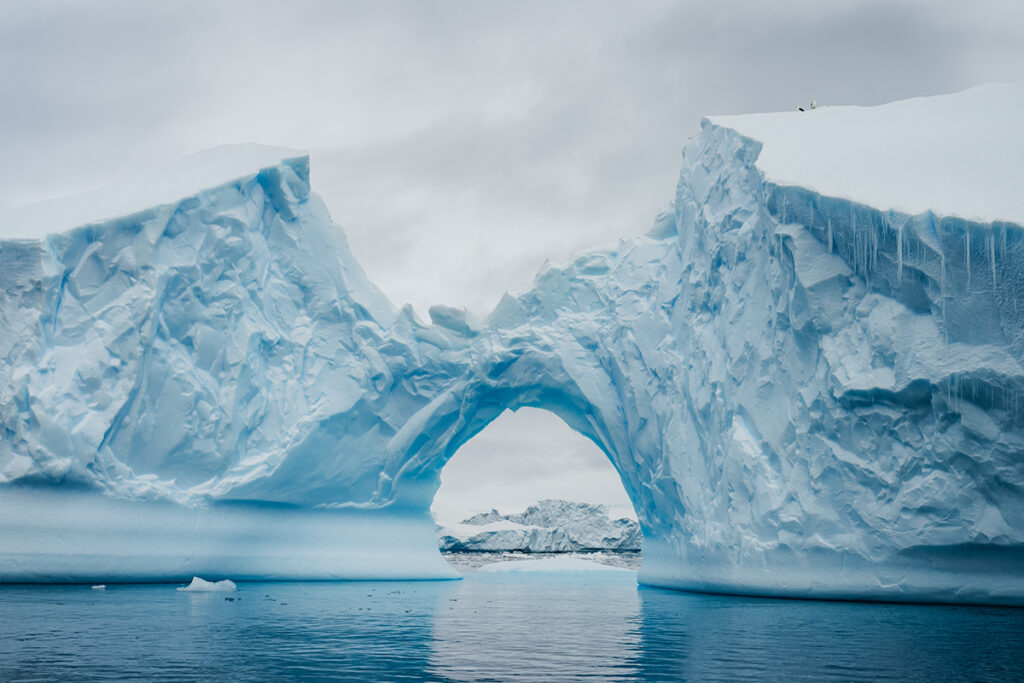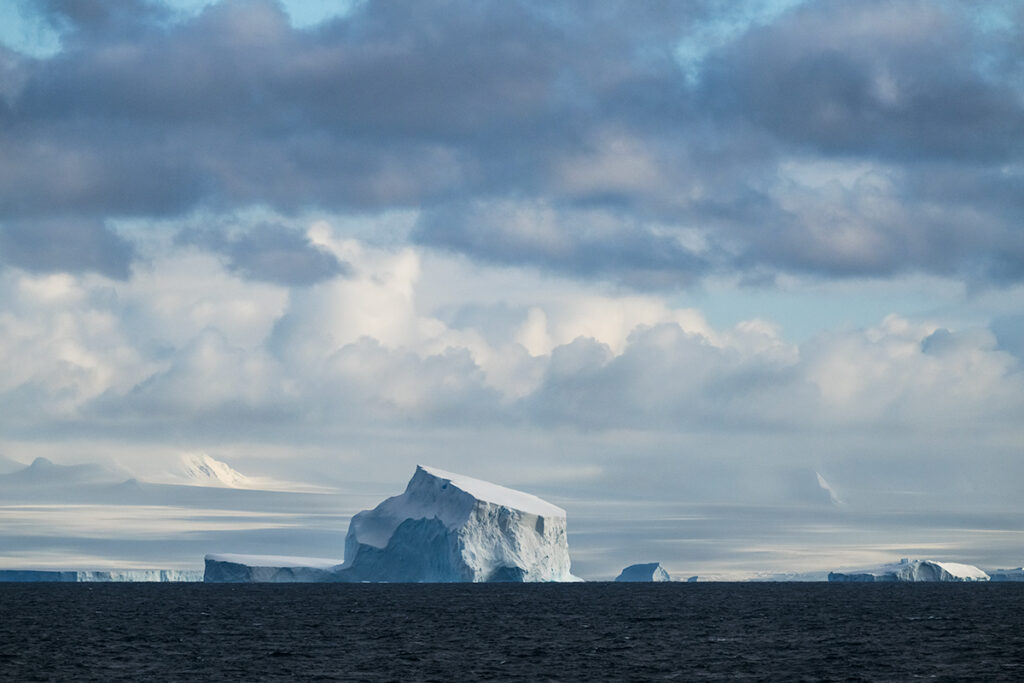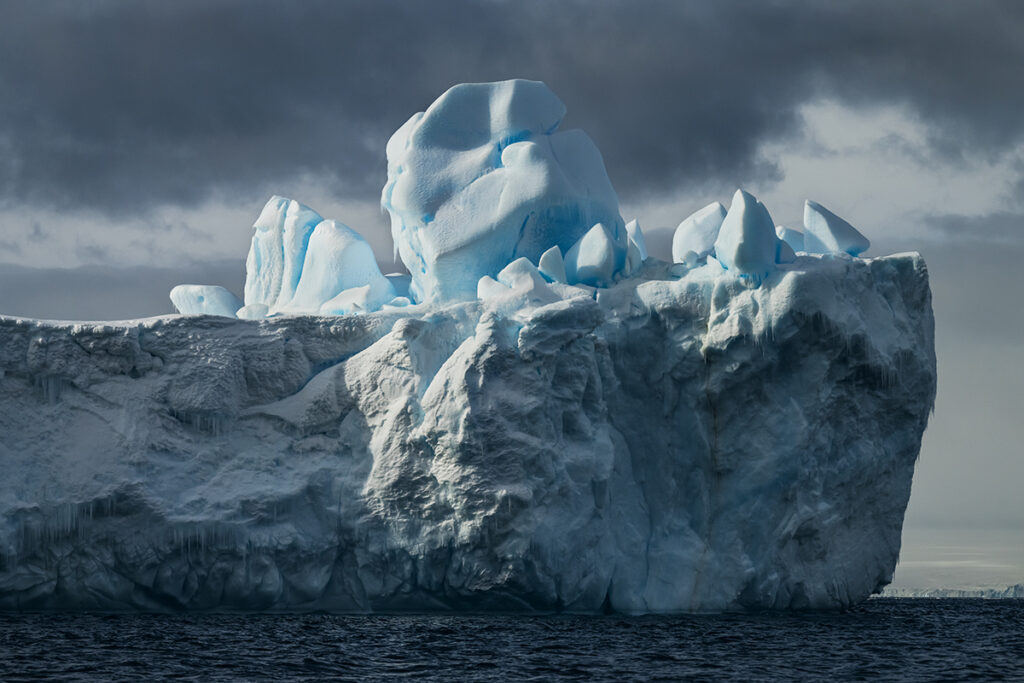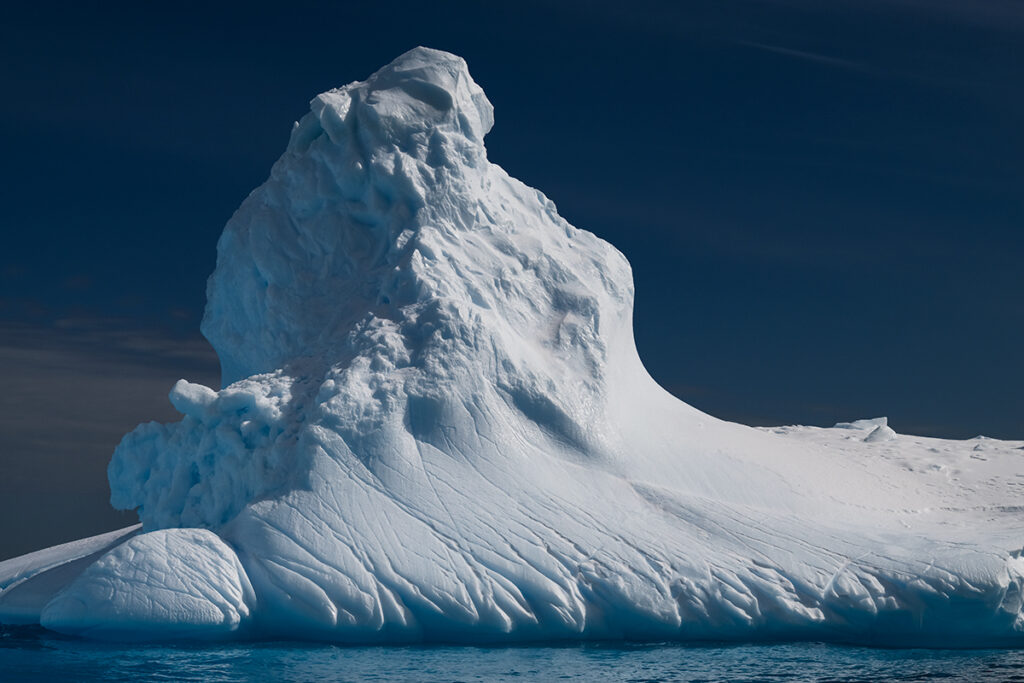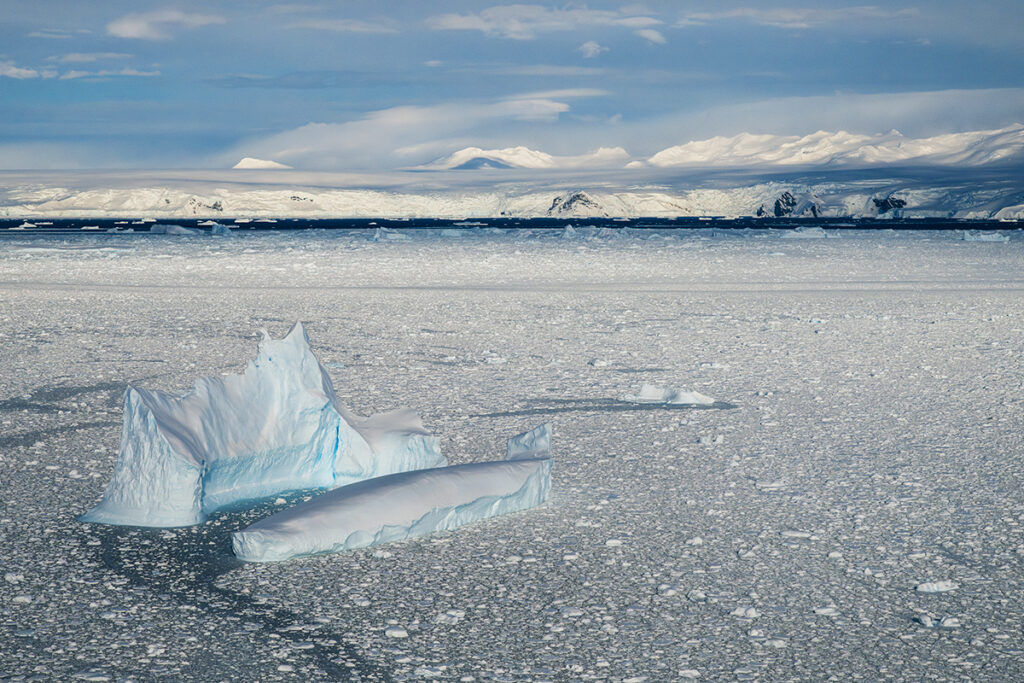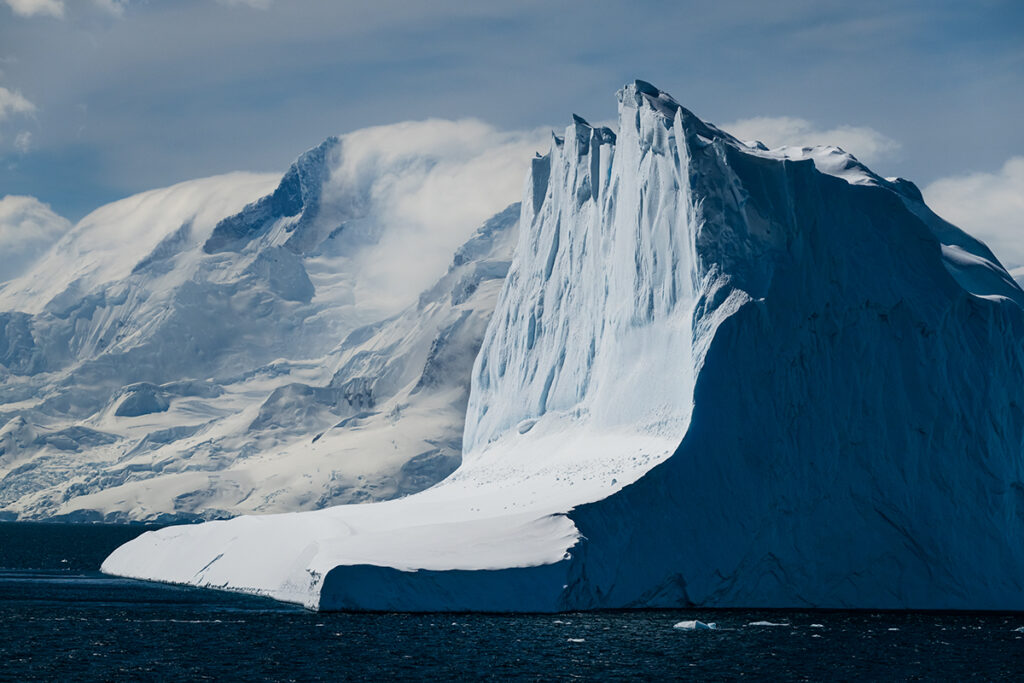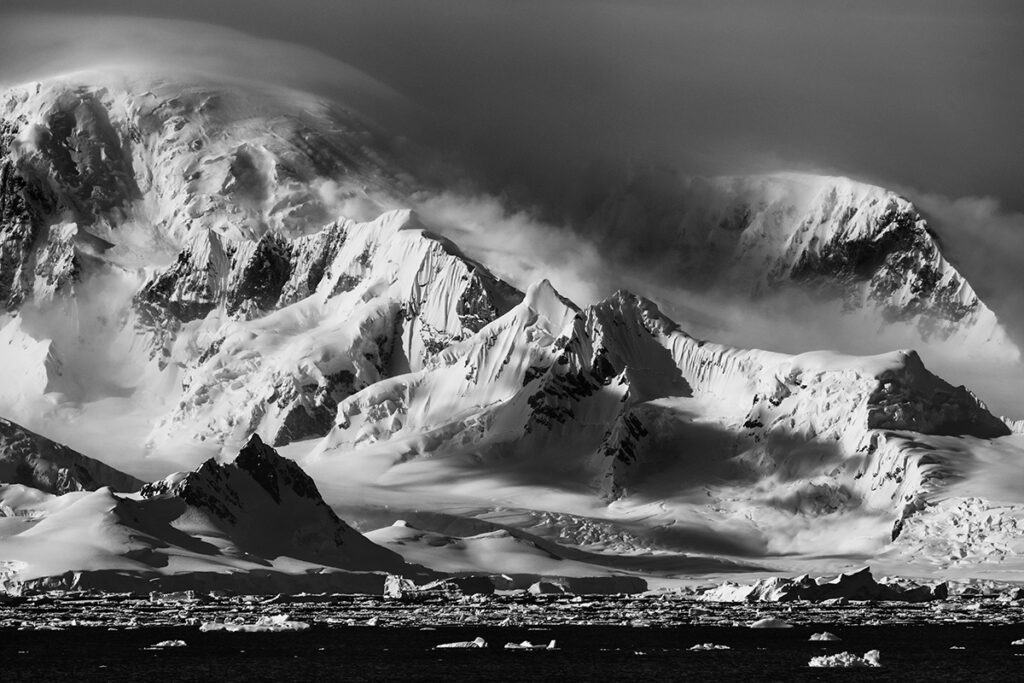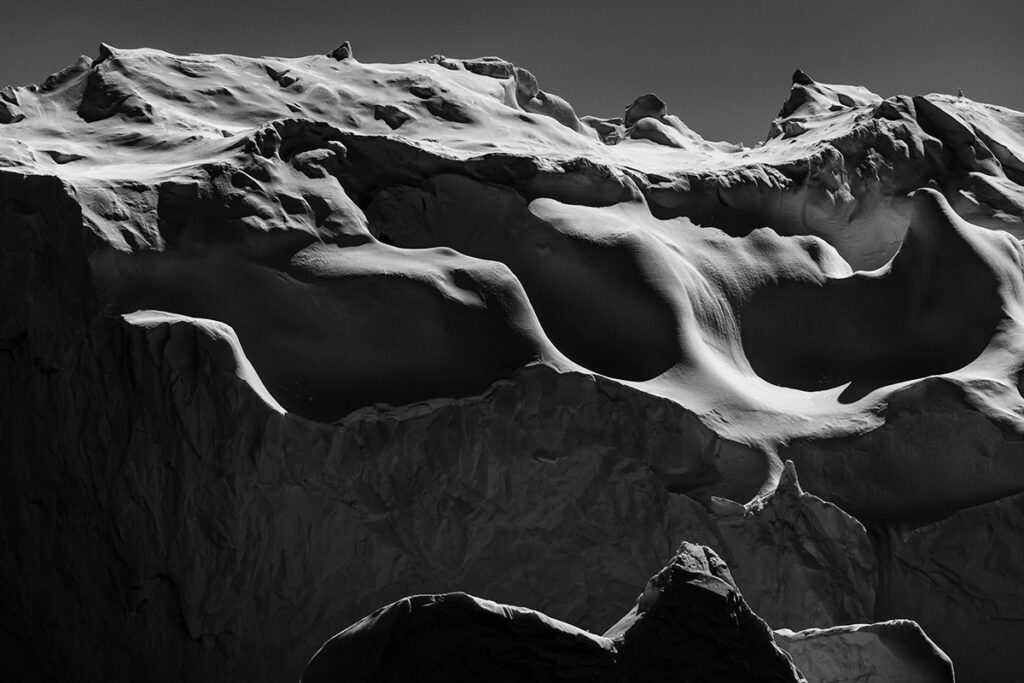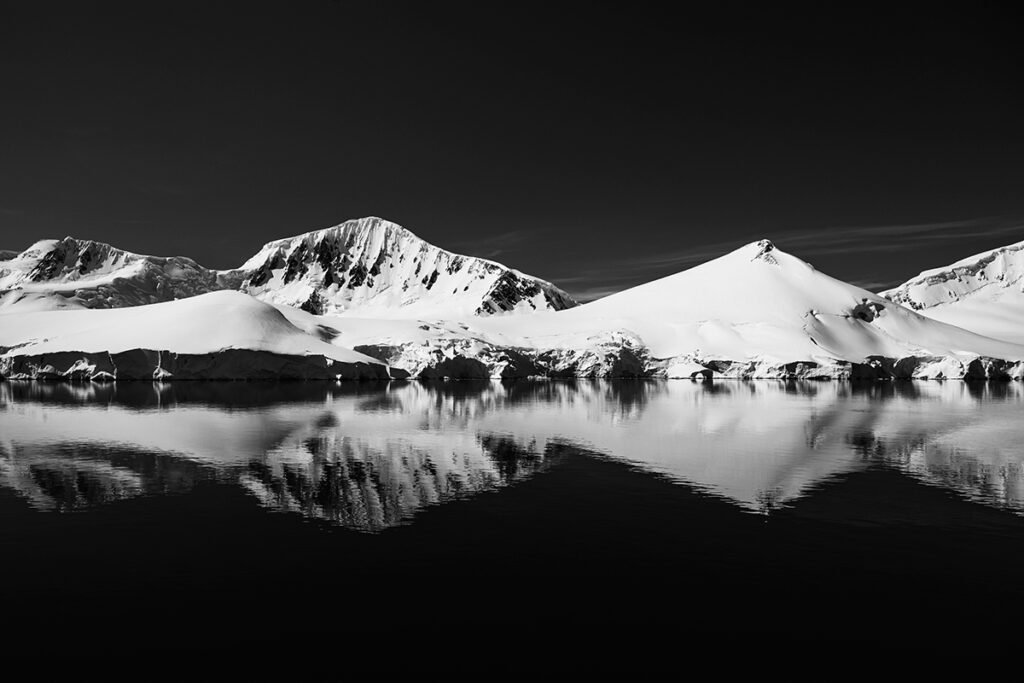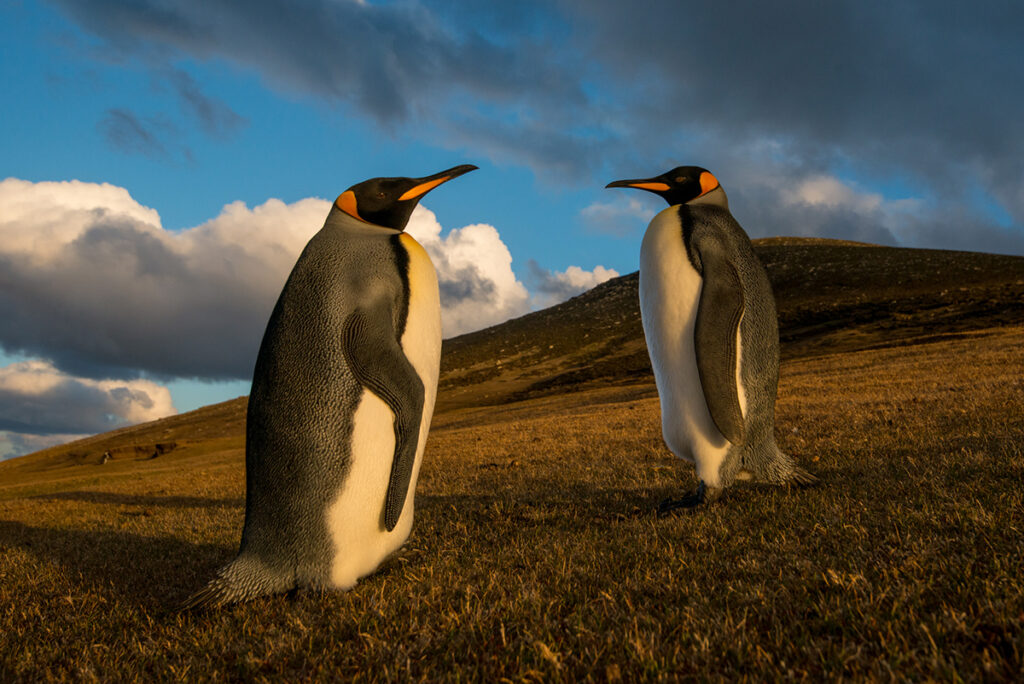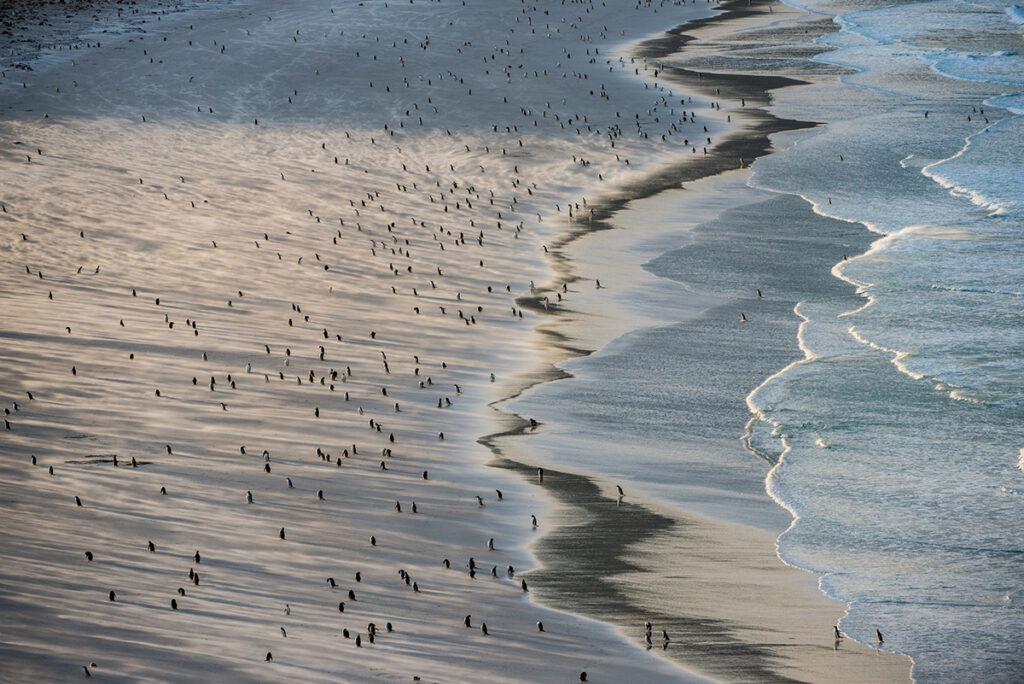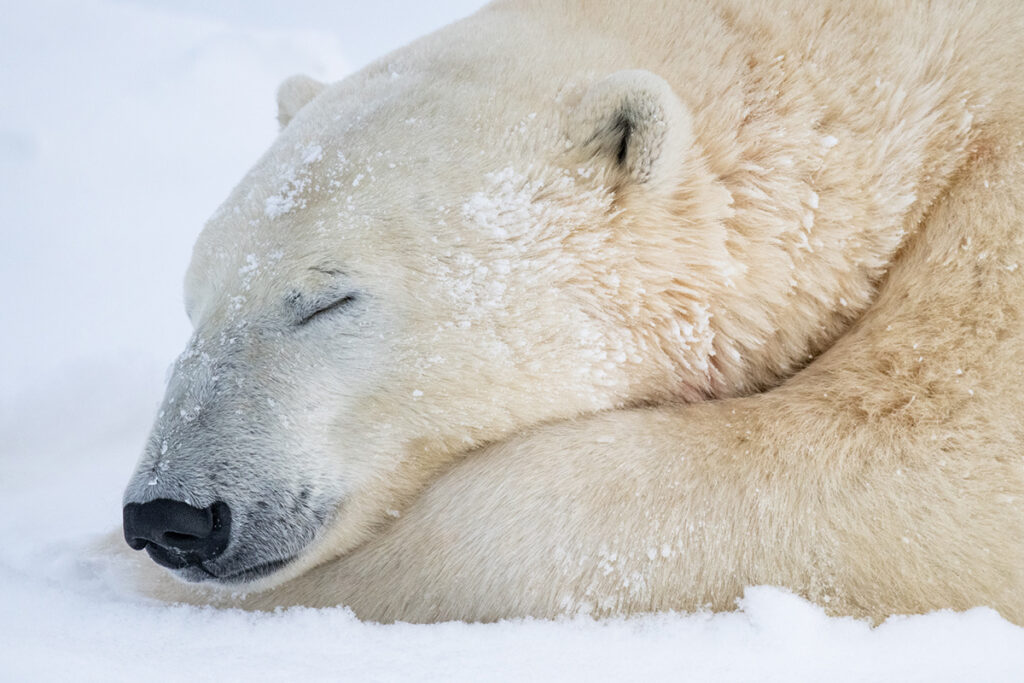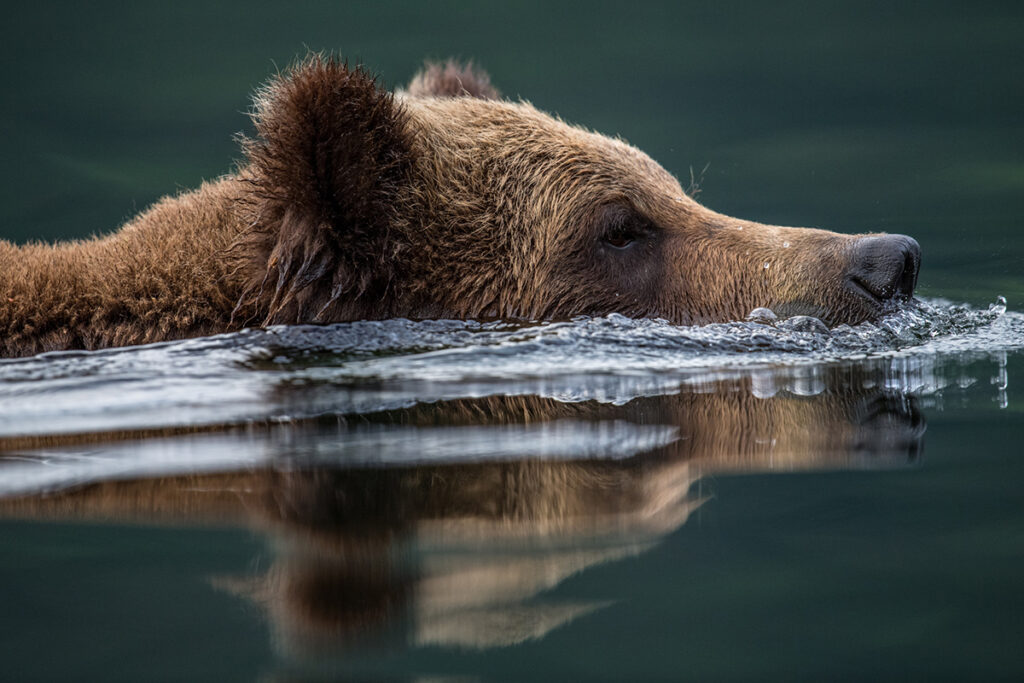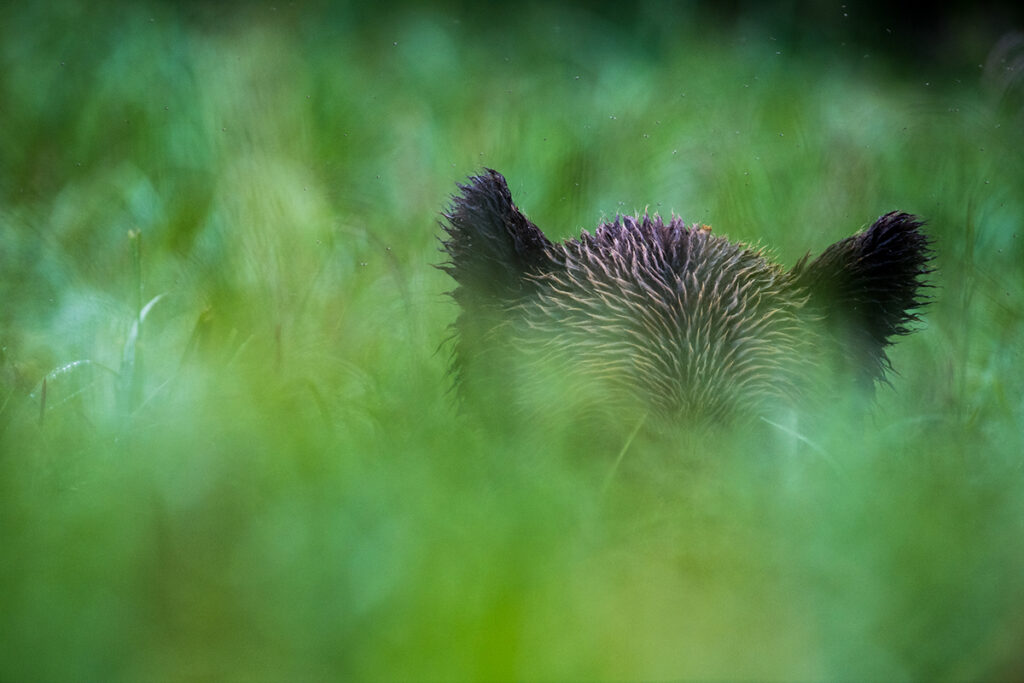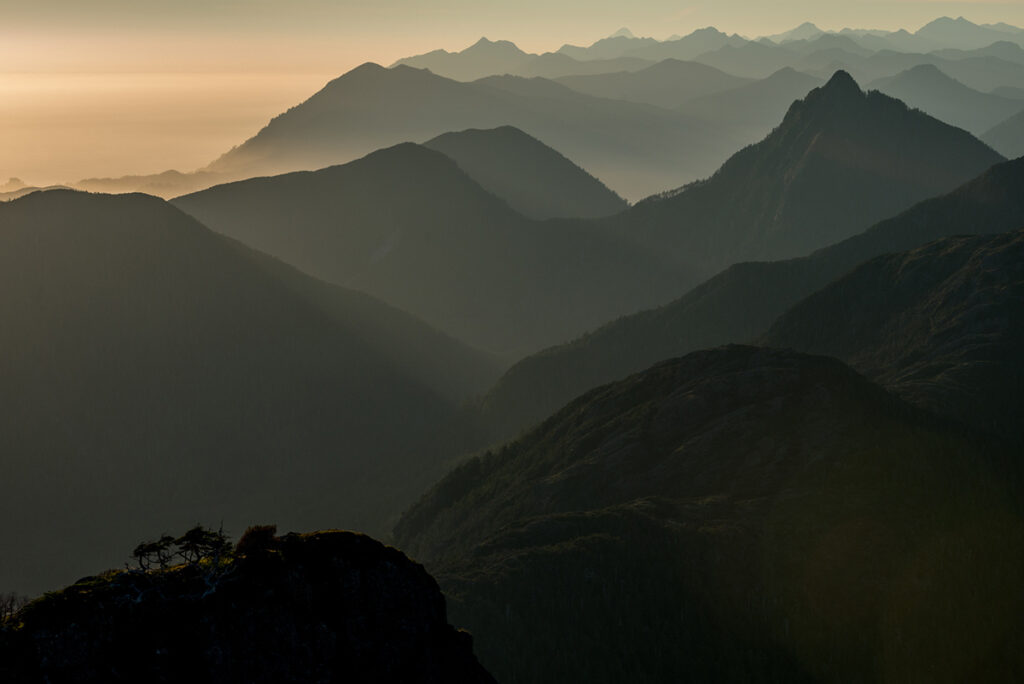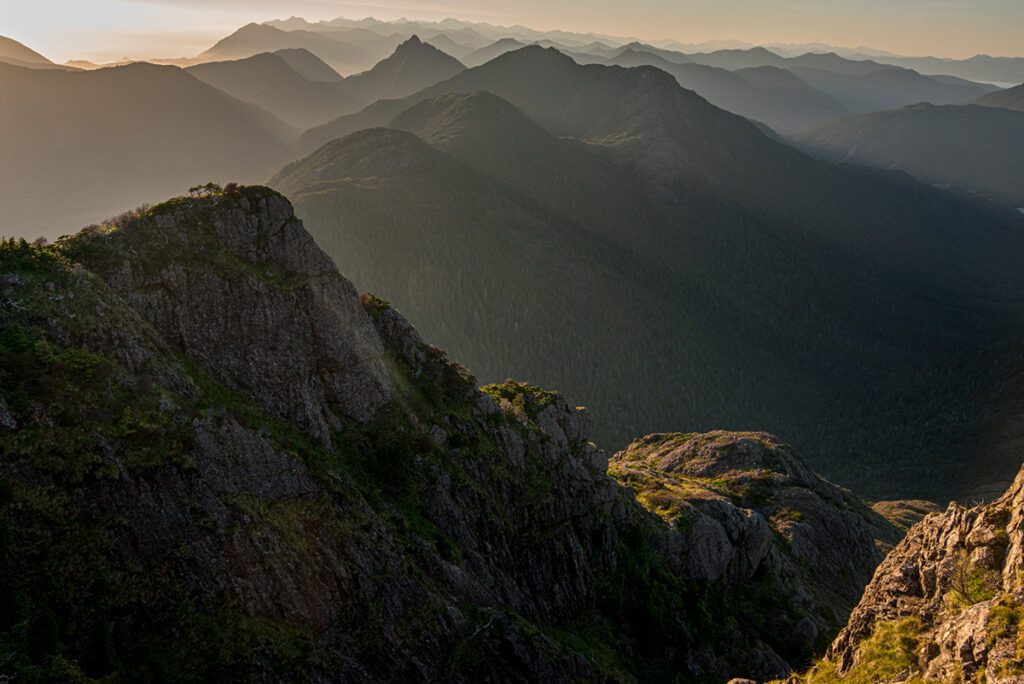Neil Ever Osborne
Biography
Neil Ever Osborne (b. 1978) is a Canadian photojournalist and visual artist who explores the complex relationship between people and the planet. For more than twenty years, the Toronto-based artist has been capturing compelling images of the earth’s last wild places — many of which remain fragile and in desperate need of protection — from the mountains of the Pacific Northwest to the jungles of Indonesia to the shores of the Falkland Islands and Antarctica.
Osborne’s work examines the converging social and environmental issues that narrate our times in a changing — and warming — world. In this pursuit, the artist focuses on humanity’s enduring spirit and nature’s resiliency.
Osborne is an Explorer with the National Geographic Society, a Contributing Photographer with Smithsonian Magazine, and an Assistant Professor at the Trent University School of the Environment. He also holds long-standing Fellowships with the International League of Conservation Photographers, The Explorer’s Club, and the Royal Canadian Geographical Society.

